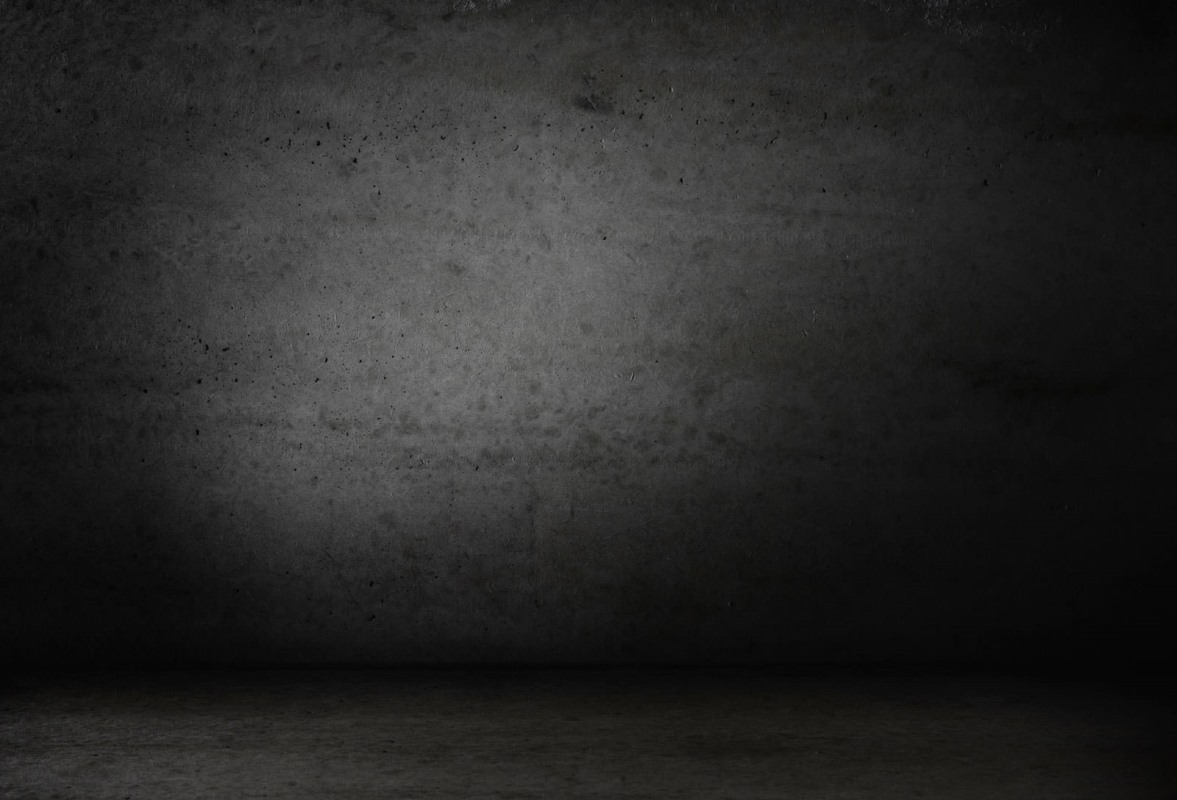

43
MICHEL BOUVARD & FRANÇOIS ESPINASSE
It is again the orchestra that provides the source of the breathtaking finale of the
Concerto in C minor BWV 1060, which has come down to us in its version for two
harpsichords. But the possibility cannot be excluded that it was initially conceived
for two violins, and the work has often been reconstructed as a concerto for violin
and oboe. At any rate, Bach transferred this material to keyboard instruments by
assigning the two melodic lines to the right hands of the two harpsichordists.
As it happens, André Isoir’s adaptation is very different from his treatment of the
concertante works discussed earlier: here he opts for the trio formula, which is one
of the most characteristic textures in organ music. This situation is explained by
the potential of three distinct layers of sound on two keyboards and pedalboard,
with the possibilities they open up for interweaving the solo voices, which make
it possible for a single performer to present a complex discourse. Such is the
case here, with the melodic lines of the right hand of the two harpsichords and
their counterpoint skilfully divided between the two manuals of the organ and
underpinned in the pedal by the bass line, which is sometimes simplified to make
it performable but still calls for exacting virtuosity. The evocation of the origins of
this concerto, perhaps for two violins, necessarily links this approach with that of
Bach when he explores the rich possibilities of the organ trio, as was notably to be
the case in his six sonatas.

















